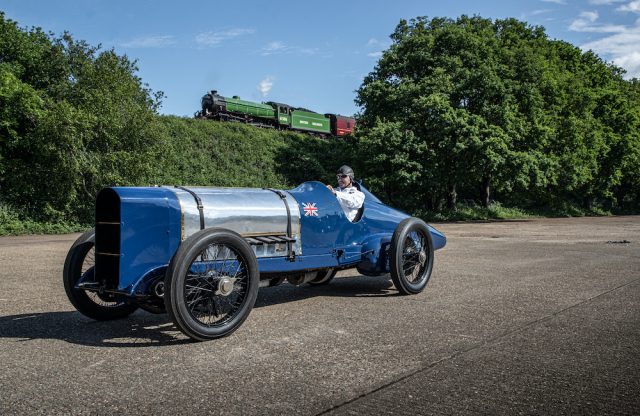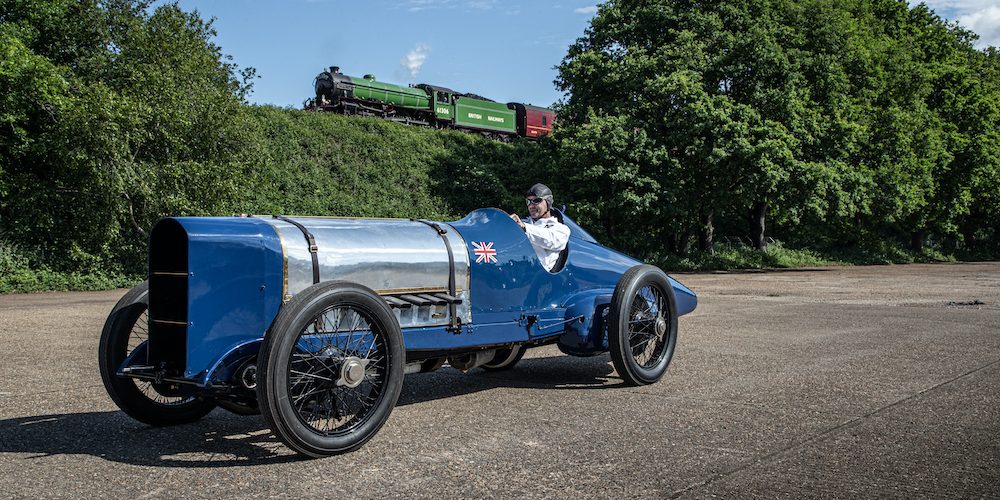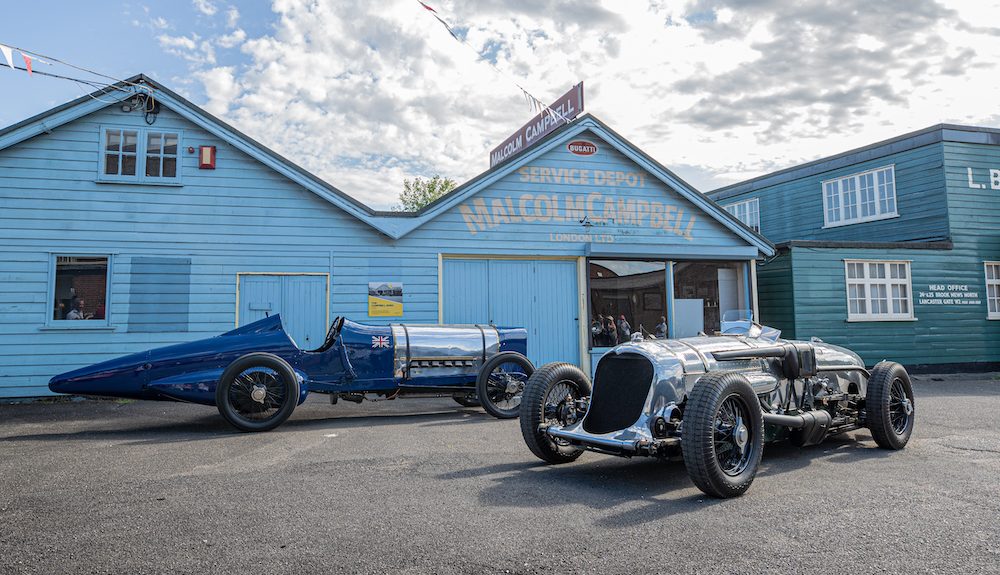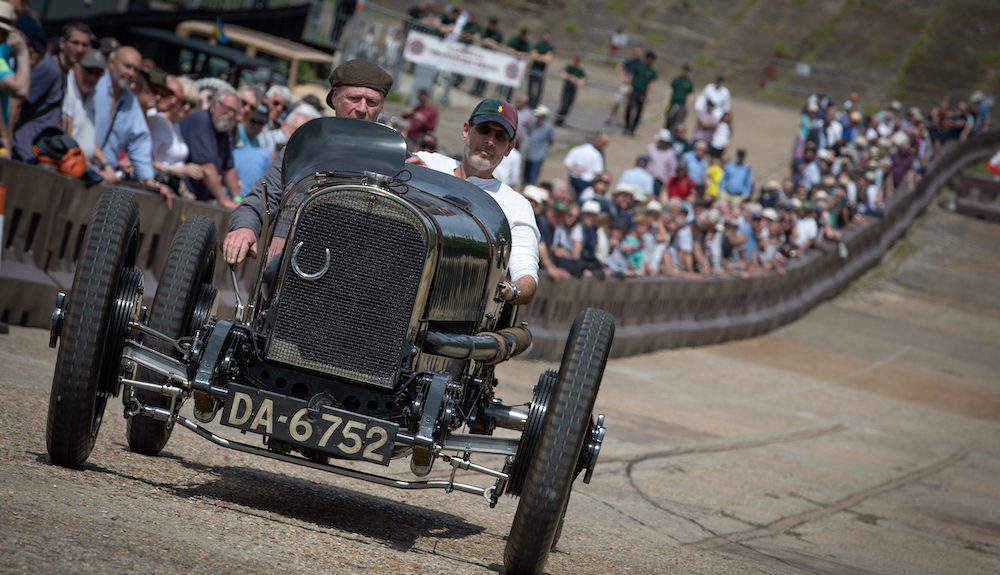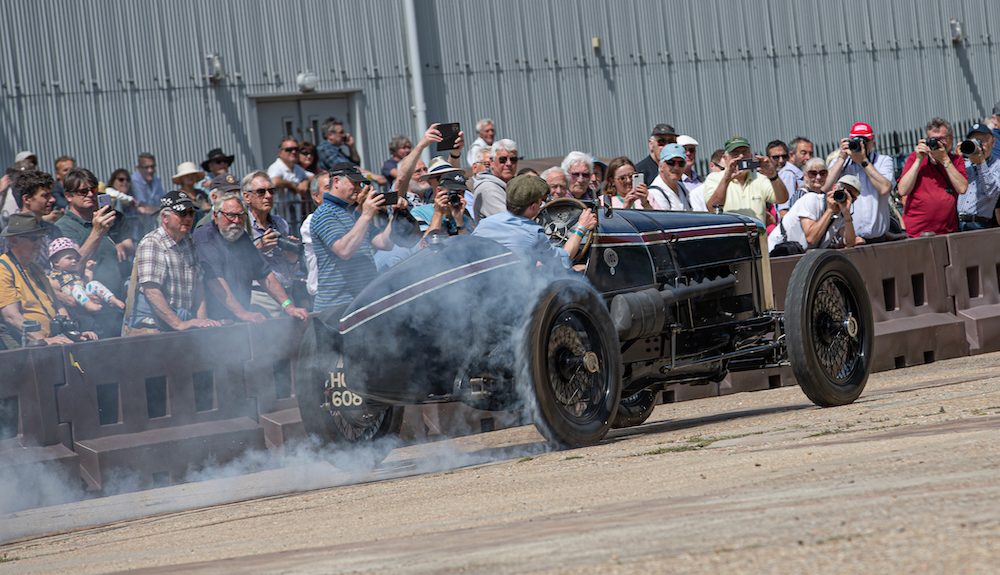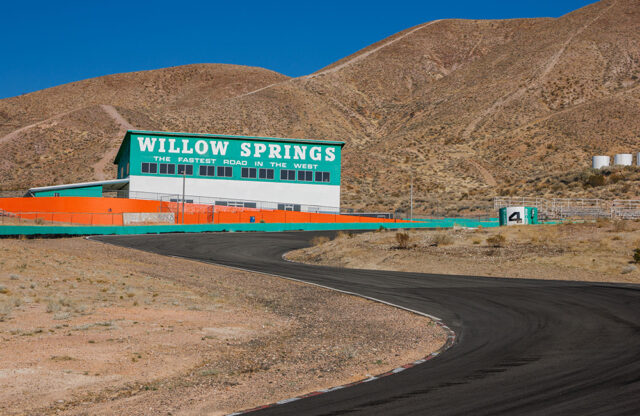Words: David Lillywhite | Photography: Marc Bow
One hundred years to the day since Kenelm Lee Guinness drove Malcolm Campbell’s Sunbeam 350hp to the last-ever Land Speed Record achieved on a closed circuit – a flying-kilometre speed of 133.75mph – the event was celebrated at Brooklands Museum, in conjunction with the National Motor Museum and the National Transport Trust.
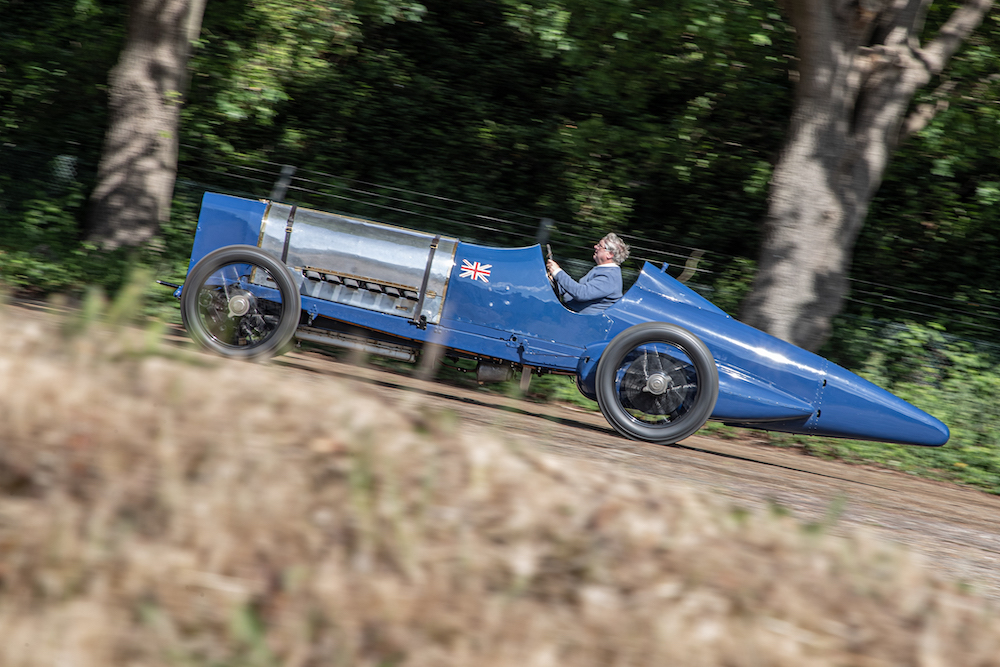
The Sunbeam 350hp achieved five Land Speed Records in its day, the first of which was on the famously bumpy Brooklands banked circuit. By this point, the Sunbeam had already raced several times, with varying degrees of success. Australian aviator Harry G Hawker had a narrow escape when a burst tyre caused the car to crash through a corrugated iron fence in June 1920, while René Thomas had more luck, setting a new record in it at the Gaillon hillclimb in France in October 1920.
Hawker also attempted to set records at Brooklands, but sleet on the track put paid to that. However, Kenelm Lee Guinness raced it there soon after, achieving more than 130mph on the timed half mile at Easter 1921 and then 135mph in September of the same year. Its first race victory was in the hands of Jean Chassagne, though, at the Brooklands Easter 1922 meeting.
A month later, Guinness was back in the Sunbeam at Brooklands, timed at more than 134mph before the front right tyre threw its tread, which then wrapped itself around the stub axle and hub. The car swerved up the banking and then back down again, but somehow Guinness regained control. Incredibly, just four days later (May 17, 1922), he returned to Brooklands to attempt a speed record. The weather was terrible, but by 5pm the wind had dropped enough for the car to be run.
The Land Speed Record rules stated that the half-kilometre distance had to be achieved in both directions, which was difficult at Brooklands because it was designed for anti-clockwise racing; when driven clockwise, the angle of the banking tended to force the cars onto the adjacent railway track… Plus it wasn’t possible to keep the throttle fully open around the curved sections.
Despite this, Kenelm Lee Guinness achieved new flying-start speed records of 129.17mph for the mile, 133.75mph for the kilometre and 136.05mph for the half mile. Later in the evening, accompanied by clouds of smoke from the spinning rear tyres, a standing-start mile record of 37.25 seconds (96.63mph) was achieved, to the delight of spectators.
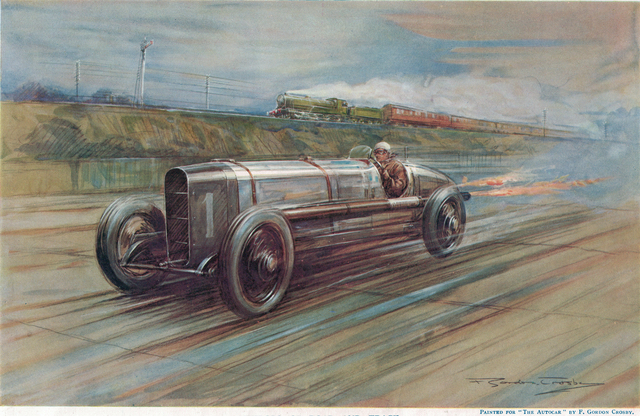
The records were immortalised in a painting for The Autocar by F Gordon Crosby, which depicts the Sunbeam ‘racing’ a train, and it was this scene that was re-enacted at Brooklands on Tuesday May 17, 2022. Magneto was there to witness a real-life recreation of the painting, featuring the record-breaking Sunbeam and the same locomotive, Mayflower, which slowed as it reached the one remaining gap in the trees between the railway and the circuit’s original concrete Railway Straight, where the Sunbeam was situated.
The Sunbeam was then run up and down the section of Railway Straight by Ian ‘Stan’ Stanfield from the National Motor Museum, Beaulieu, where the car now lives. The Museum has undertaken a long, painstaking rebuild of the Sunbeam including the recreation of its missing gearbox, to allow such demonstrations to take place.
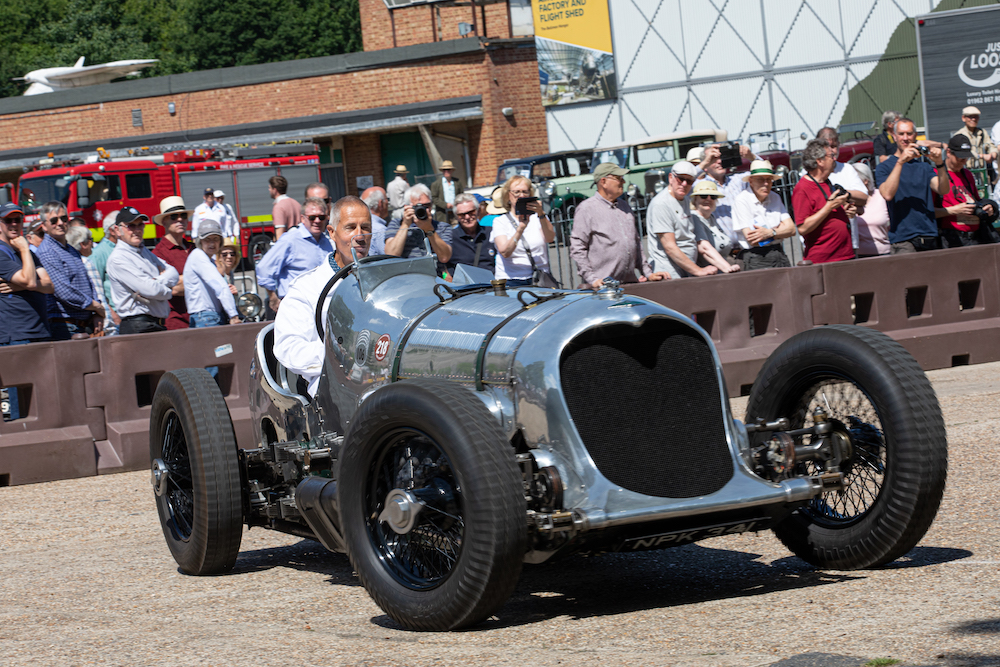
Four other Land Speed Record-holding cars were positioned along the finishing straight, making for an impressive display of record-setting performance. They included Brooklands Museum’s Napier-Railton, famous for John Cobb’s standing-start mile record of 35.11 seconds and 102.5mph a decade after the Sunbeam’s record. Current World Land Speed Record holder Wing Commander Andy Green OBE was able to drive the Napier-Railton, to the delight of the crowds.
Andy Green was joined by Kenelm Lee Guinness, grandson of his namesake the Sunbeam’s driver in 1922, and Don Wales, nephew of Donald Campbell and grandson of Sir Malcolm Campbell – it was Sir Malcolm who persuaded the Sunbeam’s owner, Louis Coatalen, to sell it to him after the Brooklands record was set. Three years later Campbell became the first man to officially exceed 150mph, driving on Pendine Sands in Wales.
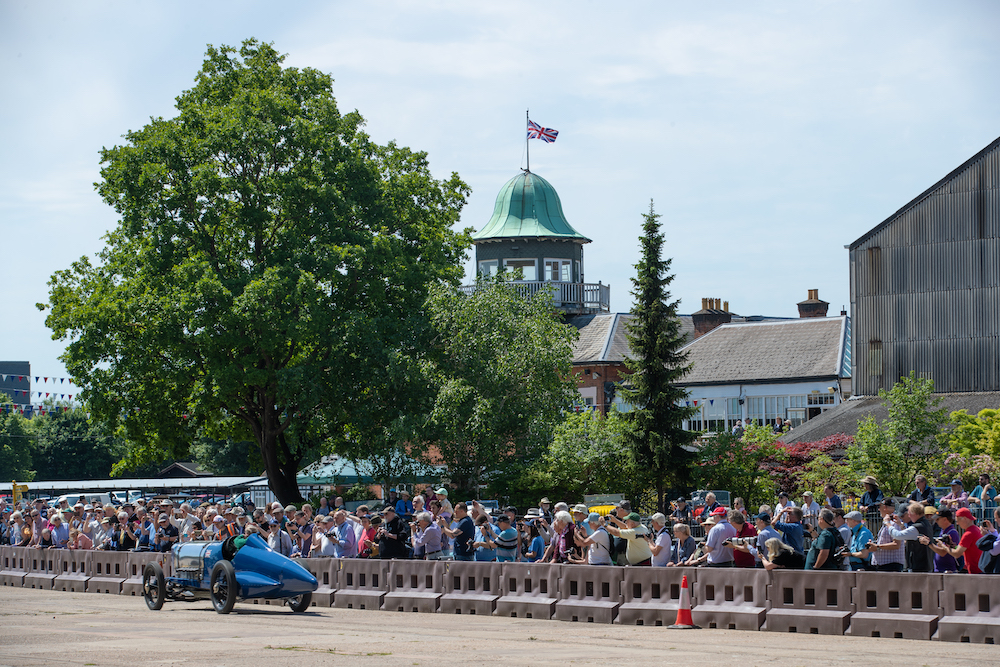
Crucially, though, the focus at the Brooklands event wasn’t just on the past but very much on the future of engineering and innovation, with four schools in attendance. The pupils were competing for top speed with remote-control cars designed in the classroom, and they also attended a panel discussion with Andy Green, Don Wales and David Turton of McMurtry Automotive, chaired by McLaren Automotive’s Johnny Swinhoe.
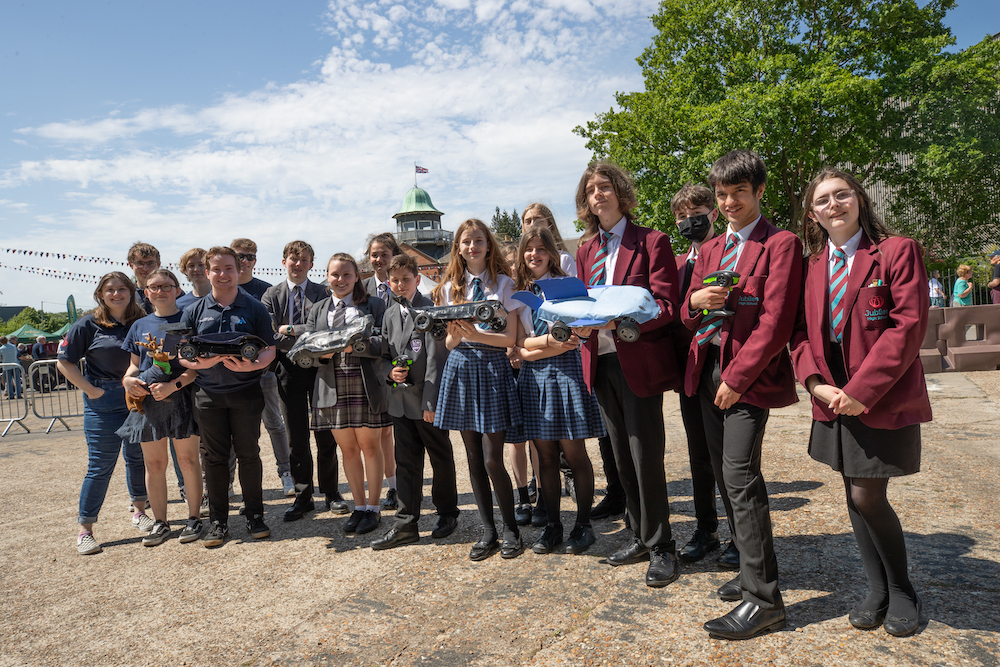
The panel discussed the importance of ambitious technical projects such as the Land Speed Record in pushing the envelope, enhancing the future of mobility and helping to tackle the climate crisis. Discussion also covered the history, engineering prowess and innovation associated with the Land Speed Record, and how it can lay the groundwork for vehicles today and the mobility of tomorrow.
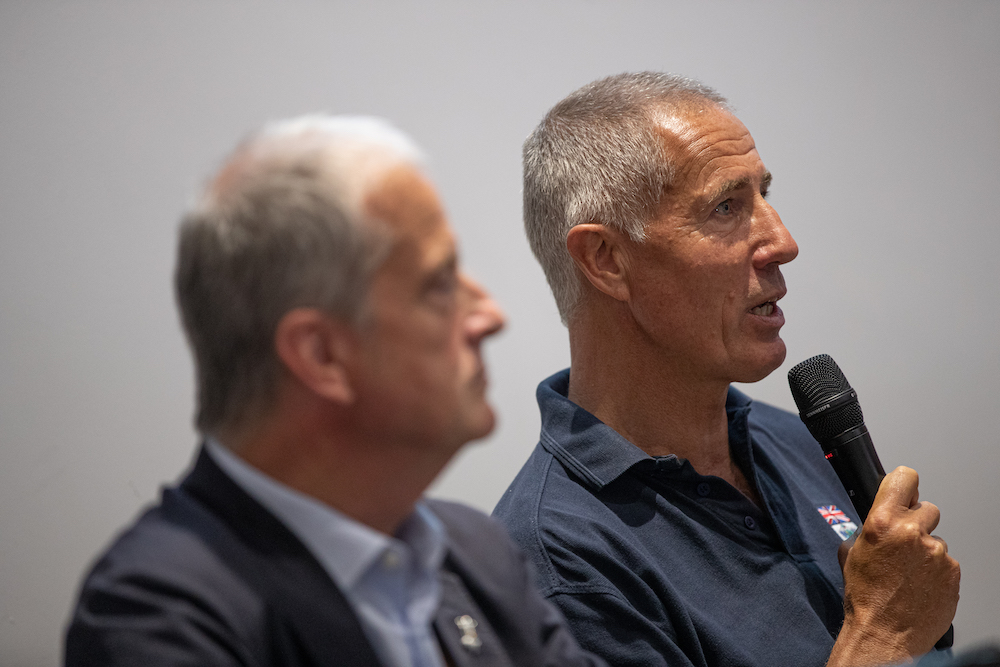
As part of Brooklands Museum’s dedication to promoting and enabling STEM education, it has recently established the Brooklands Innovation Academy, part of the national Science Summer School programme, co-founded by Professor Brian Cox CBE, Lord Andrew Mawson OBE and Well North Enterprises. Professor Cox will host the inspirational key event at Brooklands Museum later this year, which will be attended by 400 secondary school students.
